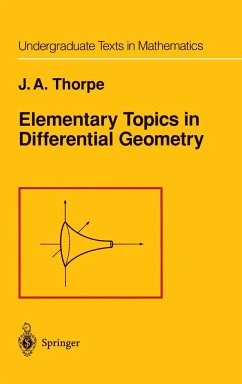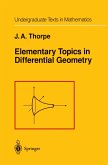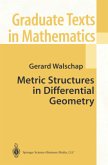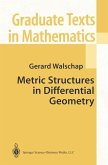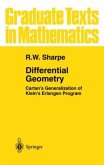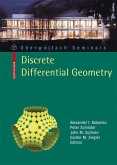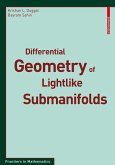This introductory text develops the geometry of n-dimensional oriented surfaces in Rn+1. By viewing such surfaces as level sets of smooth functions, the author is able to introduce global ideas early without the need for preliminary chapters developing sophisticated machinery. the calculus of vector fields is used as the primary tool in developing the theory. Coordinate patches are introduced only after preliminary discussions of geodesics, parallel transport, curvature, and convexity. Differential forms are introduced only as needed for use in integration. The text, which draws significantly on students' prior knowledge of linear algebra, multivariate calculus, and differential equations, is designed for a one-semester course at the junior/senior level.
In the past decade there has been a significant change in the freshman/ sophomore mathematics curriculum as taught at many, if not most, of our colleges. This has been brought about by the introduction of linear algebra into the curriculum at the sophomore level. The advantages of using linear algebra both in the teaching of differential equations and in the teaching of multivariate calculus are by now widely recognized. Several textbooks adopting this point of view are now available and have been widely adopted. Students completing the sophomore year now have a fair preliminary under standing of spaces of many dimensions. It should be apparent that courses on the junior level should draw upon and reinforce the concepts and skills learned during the previous year. Unfortunately, in differential geometry at least, this is usually not the case. Textbooks directed to students at this level generally restrict attention to 2-dimensional surfaces in 3-space rather than to surfaces of arbitrary dimension. Although most of the recent books do use linear algebra, it is only the algebra of ~3. The student's preliminary understanding of higher dimensions is not cultivated.
In the past decade there has been a significant change in the freshman/ sophomore mathematics curriculum as taught at many, if not most, of our colleges. This has been brought about by the introduction of linear algebra into the curriculum at the sophomore level. The advantages of using linear algebra both in the teaching of differential equations and in the teaching of multivariate calculus are by now widely recognized. Several textbooks adopting this point of view are now available and have been widely adopted. Students completing the sophomore year now have a fair preliminary under standing of spaces of many dimensions. It should be apparent that courses on the junior level should draw upon and reinforce the concepts and skills learned during the previous year. Unfortunately, in differential geometry at least, this is usually not the case. Textbooks directed to students at this level generally restrict attention to 2-dimensional surfaces in 3-space rather than to surfaces of arbitrary dimension. Although most of the recent books do use linear algebra, it is only the algebra of ~3. The student's preliminary understanding of higher dimensions is not cultivated.

